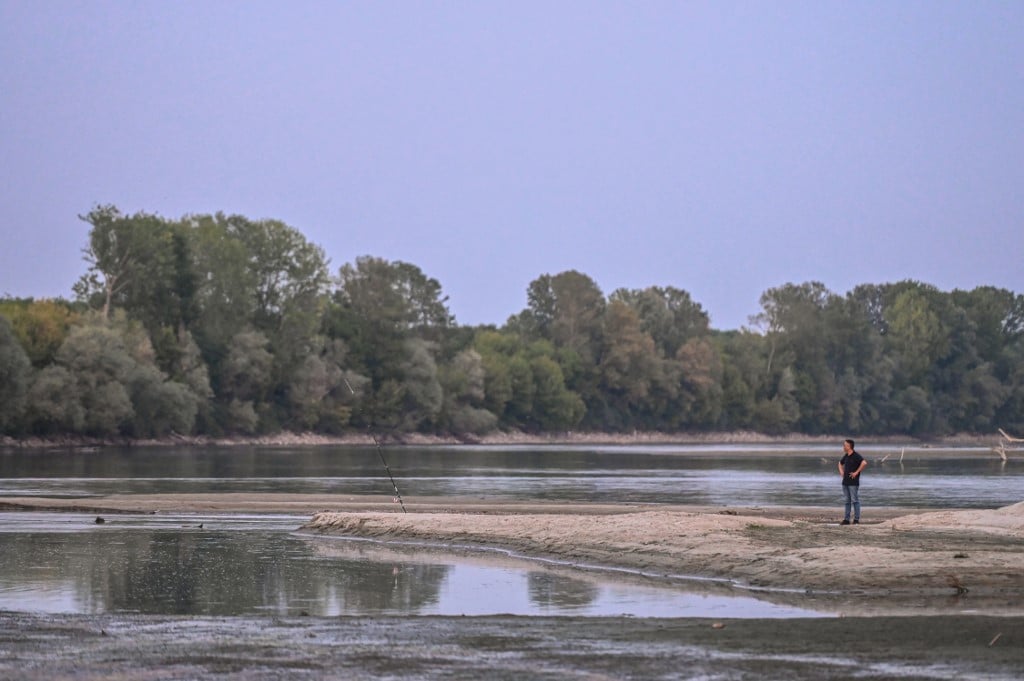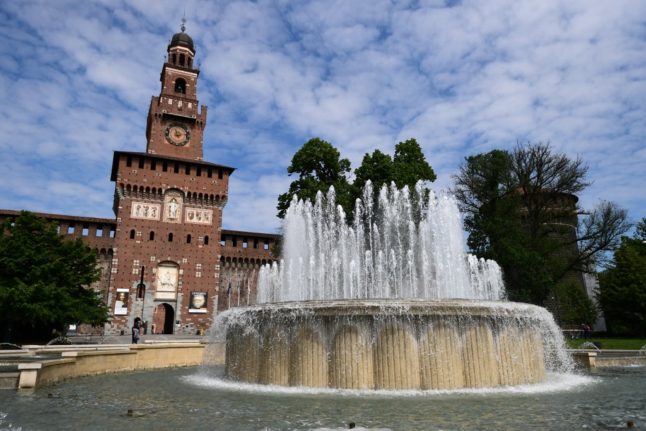The mayor of Milan on Saturday announced the northern Italian city’s fountains would be switched off as part of water restrictions imposed due to a drought.
Beppe Sala announced the measures the day after the wider Lombardy region declared a state of emergency to last until September 30, directing mayors to curtail non-essential water use.
Drought in Italy: What water use restrictions are in place and where?
An emergency decree would include the “closure of all the fountains except those where fauna and flora are present and the lakes and irrigation ditches of city parks”, Milan’s mayor said in a statement.
But he said drinking fountains would keep running, noting temperatures have been above 30 degrees Celsius (86 degrees Fahrenheit) for weeks and a fresh heatwave was due imminently.
Sala did not say when the measures would take effect, and city authorities did not immediately respond to requests for comment.
“The drought emergency continues and measures must be taken,” he said, adding that everyone must do their part.
He called on citizens to minimise their use of drinking water for cleaning and watering the plants, and said irrigation systems feeding public lawns and green spaces would be stopped, except for newly planted trees.
Temperatures in offices, shops and homes should be kept at 26 degrees or above, “to reduce the consumption of energy and therefore reduce the risk of blackouts”, he said.
Municipalities across Italy have begun introducing water rationing after an unusually hot and dry spring sparked widespread alarm.
The Po river, Italy’s longest river and its largest reservoir of fresh water, is suffering its worst drought for 70 years.

Italy’s largest agricultural association, Coldiretti, said the drought is putting over 30 percent of national agricultural production and half of livestock farming in the Po Valley at risk.
Further to the west in Piedmont, water is being rationed in more than 200 municipalities, according to the ANSA news agency.
The Maggiore and Garda lakes are both far lower than usual for this time of year, while further south, the level of the River Tiber that runs through Rome has also dropped.




 Please whitelist us to continue reading.
Please whitelist us to continue reading.
Member comments